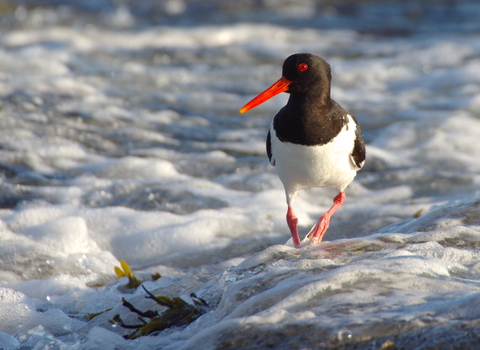As the population of Essex grows, we must ensure we are sharing our shores with all coastal wildlife. Essex Wildlife Trust are monitoring species populations and habitats, alongside working with the public to raise awareness of how we can all allow our coastal wildlife to thrive. You can help by recording where you see these key species in Essex over the summer months!
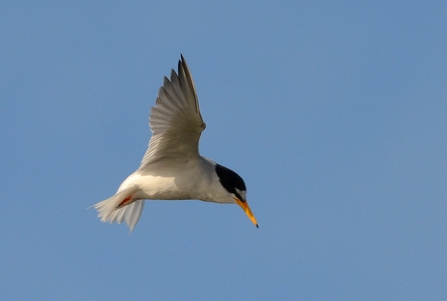
Little tern - Photo: Adam Jones
Silvery-grey above and white below, the little tern has a black cap, a black eye stripe, and a white forehead. It has a short tail, yellow-orange legs, and a yellow bill with a black tip.
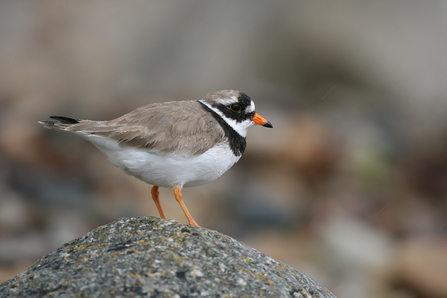
Ringed plover - Photo: Tom Marshall
Larger and chunkier than the little ringed plover, the ringed plover has an orange bill with a black tip, orange legs and no yellow ring around the eye. Sandy-brown above and white below, it has a black chest-band and black bridle markings on its head. When it flies, it displays a broad, white wing bar.
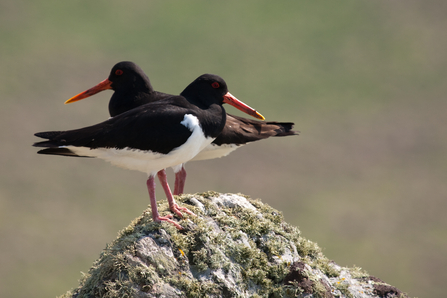
Oystercatcher - Photo: Vaughn Matthews
The oystercatcher has a black head, back and wings, and a white underside. It has a long, red bill and pinky-red legs.
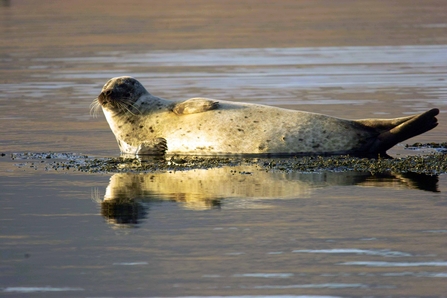
Common seal - Photo: Derek Moore
The common seal can be distinguished from the grey seal by its smaller size and shorter head with a more concave forehead and V-shaped nostrils. They vary in colour, from blonde to black, but generally grey with dark spots.
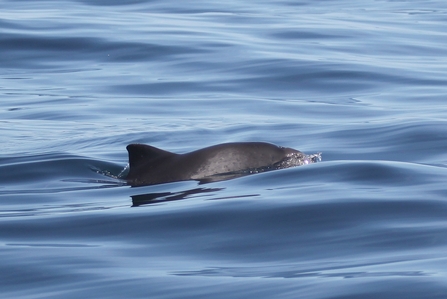
Harbour porpoise - Photo: Niki Clear
Look out for a small, triangular dorsal fin breaking the surface. Harbour porpoise are small and stocky, with a dark grey back and lighter underbelly. Their faces are rounded and have no beak.
When you visit any part of the Essex coast during summer, keep your eyes open for these five species and note any evidence of potential pressures the wildlife is facing. When you are home, you can record your findings in through our online survey.

